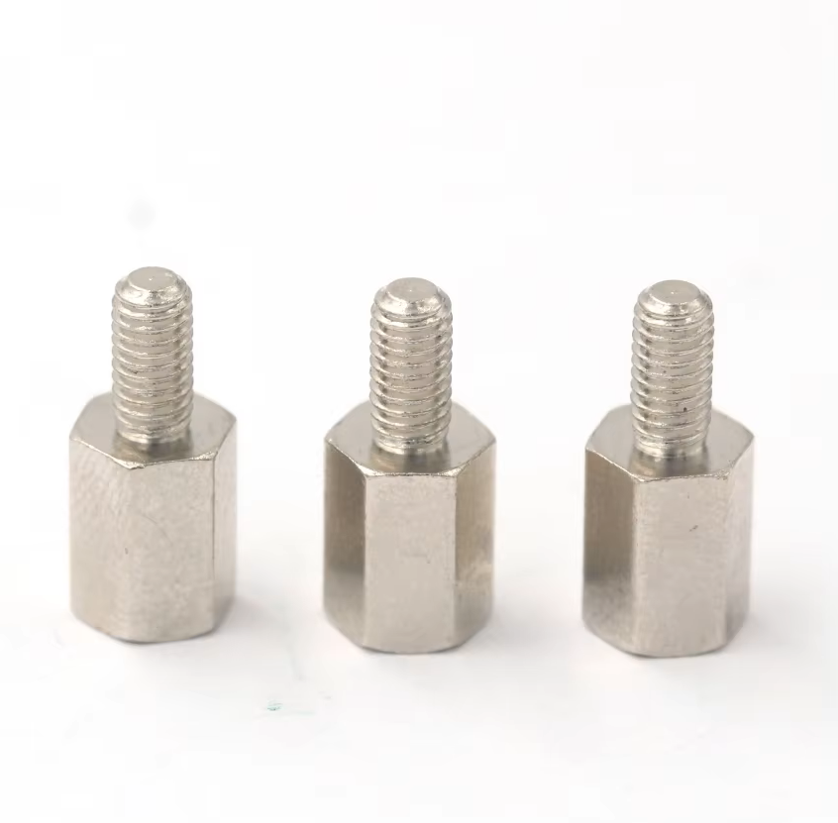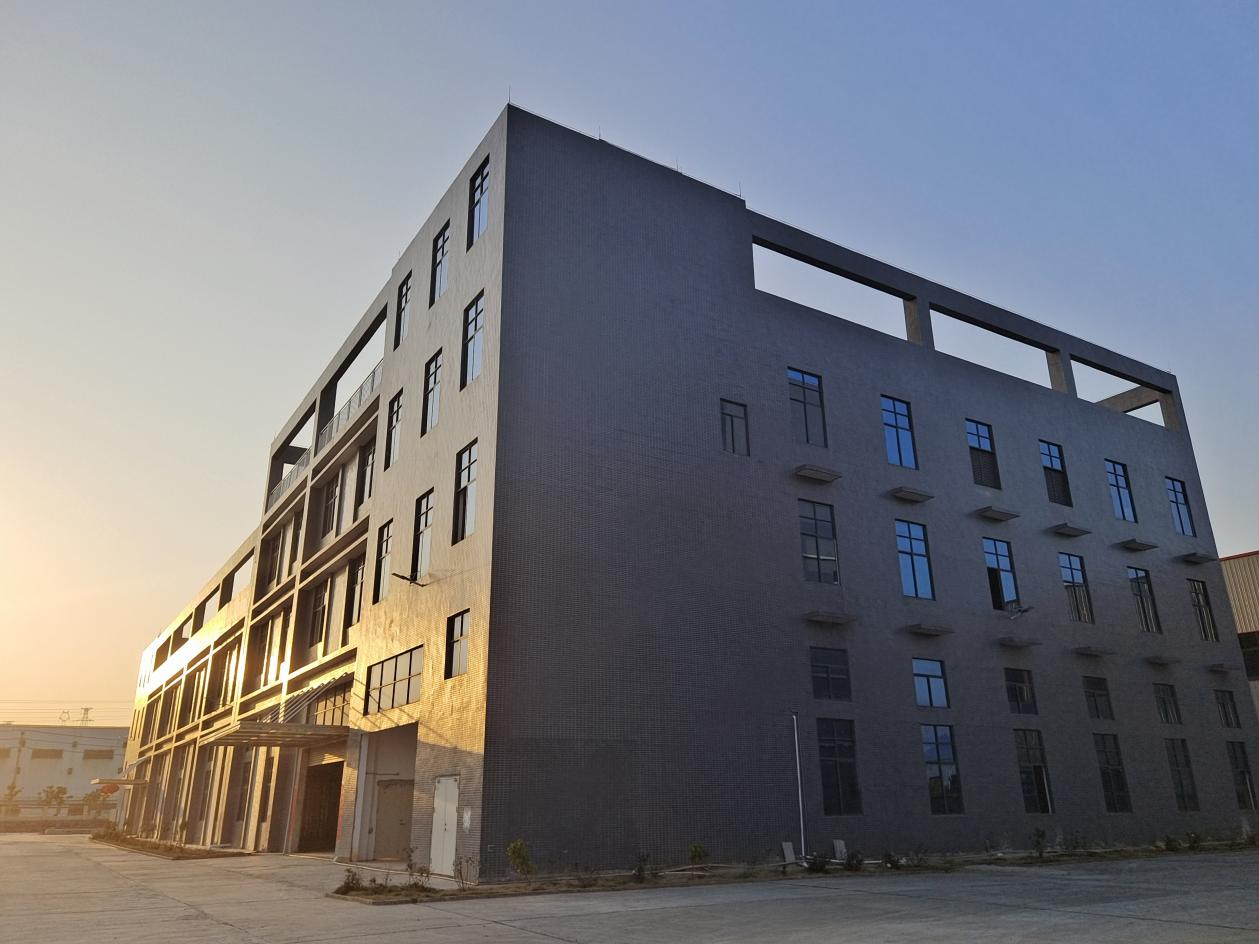
Main Uses of Standoffs
Mounting and Stacking Printed Circuit Boards
This is the most typical purpose of the standoff: they serve several important functions in the assembly of any electronic product:
Space for Components: They raise the PCB from the chassis or enclosure providing necessary clearance or space for solder joints and components, avoiding short-circuiting.
Stacking PCB (Motherboard/Daughterboard): In more complex, multi-function products, multiple PCBs, sometimes referred to as daughterboards, must be stacked in parallel to the motherboard. Standoffs provide a rigid system of spacing a smaller PCB for mounting to a larger motherboard.
Allowing Airflow and Cooling: Standoffs raise the PCB and create a space all-around it for air to flow underneath and cool the PCB. This can aid in further dissipating heat from the components on the PCB to avoid overheating it.
Preventing Damage from Flex and Vibration: Standoffs create an anchoring point to hold the PCB securely, reducing stress from vibration or flexing of the board. Delicate traces or components may fracture.
Providing Ground: Metal standoffs (typically brass or aluminum) are used to physically ground the PCB to the enclosure.
Example: In a desktop computer, the motherboard is attached to the case via brass standoffs to prevent solder points on the back of the PCB from coming into contact with the metal case and shorting out.

Copyright © Yuhuang Technology Lechang Co., LTD | Privacy policy